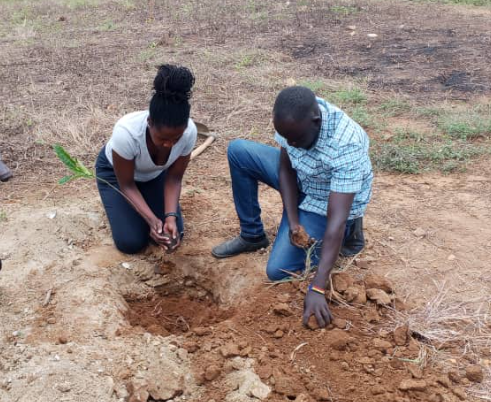Lately, I have found myself in countless conversations and sector convenings where the same question keeps surfacing:
“Why are partnerships with refugee-led organisations (RLOs) still tokenistic and only pursued when INGOs face funding cuts or operational challenges?”
Across the humanitarian sector, the narrative is becoming familiar: RLOs are called upon only when costs need to be reduced, when donor optics demand community “participation” or when international staff can’t be present due to “safety” concerns.
The result is rushed engagements that are reactive, short-term, and transactional, basically contingency plans for a system in decline, masked as partnerships.
Despite years of rhetoric around localisation, equitable partnerships, and meaningful participation, RLOs remain underfunded, underrepresented, and excluded from strategic decision-making.
The fundamental importance and role they play is nothing new. When COVID-19 disrupted global mobility, it was RLOs who kept systems running. They delivered food, translated health information, supported distance learning, and held communities together while INGOs evacuated or went remote.
The pandemic demonstrated that local actors were the first and the last line of defence within the humanitarian response, and yet, when the crisis subsided, the system snapped back to business as usual. Funding and operations re-centralised and the lessons were not absorbed.
Despite years of advocacy, direct funding to local and national actors remains negligible. In 2023, only 1.2% of total humanitarian assistance reached local organisations directly, and far less went directly to RLOs, and even less to those led by women or persons with disabilities.
But the problem isn’t just about how much money flows, it is about how power flows. While some reports cite progress in the numbers, the quality of these partnerships remains poor. RLOs continue to receive tokenistic agreements with restricted budgets and obscene compliance burdens that make growth and adaptability impossible within a forced displacement context.
The fallback pattern of engaging RLOs only when convenient persists because the system was designed to operate this way. INGOs retain control through compliance-heavy subcontracting, while donors rely on them to manage perceived risk.
When RLOs are directly engaged, it is usually only during implementation, long after the project has been designed. If they’re involved earlier, it is often through extractive co-design processes that amount to confirmation bias in favour of donor agendas.
True collaboration begins at the agenda-setting stage, not at implementation. It requires RLOs shaping priorities, owning budgets, and leading monitoring processes.
The humanitarian system wasn’t built to trust local actors. It was built to reduce donor risk, institutionalise mistrust, and reward those who report well over those who deliver meaningfully.
Our partners repeatedly tell us how they are forced to navigate rigid grant cycles that don’t fund their core costs, do not allow for flexibility, and do not recognise their leadership either within or beyond the project period.
Worse still, following the recent global funding cuts, INGOs that had never acknowledged our partners presence have suddenly approached them with “partnerships.” Often these partnerships have been disguised subcontracting/outsourcing agreements, framed as collaborations, but structured to preserve intermediary control and shift the burden of responsibility of outcomes to proximate leaders.
In these so-called partnerships, RLOs are valued for their cost-efficiency, spoken about in terms of lacking capacity, and included conditionally as if their expertise needs constant upgrading. Upgrading to fit into a system that is overly professional, bureaucratic and complex and not fit for an ever-evolving forced displacement context.
If the sector is serious about true partnership, that belief must show up not just in papers and pledges, but in the motive behind the partnership , how we structure the relationship within that partnership. INGOs should not show up only when budgets shrink.
As a starting point, funding to RLOs must be multi-year, flexible, and unrestricted. Donors must reform risk frameworks that penalise proximity and reward bureaucracy. RLOs, not intermediaries acting on their behalf, must be included at the earliest stages of programme design and governance.
As one RLO leader put it:
“We’re not asking for a seat at the table after the agenda is set. We’re asking to shape the table.”
If RLOs are only invited for partnerships when it’s convenient or cost-efficient, then we are simply entrenching the same extractive system, just with different optics. If the sector is to move beyond lip service, we need to overhaul how partnerships are formed, structured, and sustained.
But this shift is not only the responsibility of donors and INGOs. RLOs and other local actors too, must recognise their own agency and power and the fact that the system cannot function without them. They must reject tokenistic partnership propositions that reduce their role to implementers or checkboxes, and instead strategically position themselves as leaders in defining the terms of engagement.
This means spotlighting harmful practices, calling out extractive relationships, and refusing conditions that force them to compromise their values or cut corners to fit into unfamiliar donor frameworks. RLOs are not (and have never been) powerless in this equation and they should stop being treated as such.

Leave a Reply